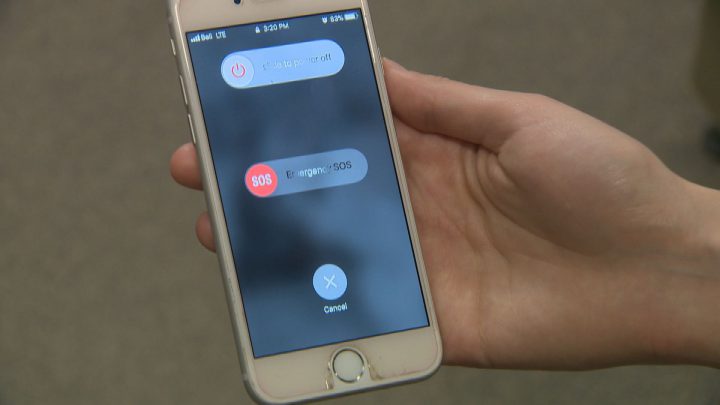As the saying goes, a picture is worth a thousand words – and that’s exactly what first responders are hoping for as provinces prepare for Next-Generation 911.

NextGen 911 will give people the ability to send pictures, videos, and even stream the scene of an incident while on a call with a dispatcher. On top of that, callers can also send personal medical information and accessibility needs.
“911 communications and emergency communications technology is ever-evolving, and we’re in kind of a revolutionary period right now,” Regina Police Service (RPS) Communications Manager, Elizabeth Nguyen said.
Police say the technology could help officers better prepare for the scene of an incident and even provide evidence down the road.
“The ability for people to give us a clear picture of a scene, or maybe even present some evidence of what we might be encountering when we get to the scene will help us understand what it is we’re responding to,” RPS Chief, Evan Bray explained. “In some cases, it’s presented efficiencies. In other cases, it’s challenges.”
Nguyen expects the main challenge will be working through large amounts of information.

Get breaking National news
“It’s also going to add a huge workload into the communications centre, whether that’s our existing communications officers or additional staff we’ll have to hire in order to process that data that comes in.”
Before NextGen 911 can roll out, all provincial emergency services need to be operating on an IP-based system, rather than an analog one.
RPS has already made the switch and said it’s working with services in Saskatoon and Prince Albert in hopes of using the new technology in 2022.
911 services are under provincial jurisdiction, but the Canadian Radio-Television Telecommunications Commission (CRTC) said all 911 service providers must be using IP technology by June 30, 2020, and have the capability to use NextGen 911 Text Messaging (based on real-time text) by Dec. 31, 2020.
The CRTC will study and decide who will pay for the upgraded systems.
NextGen 911 isn’t the only development in 911 capabilities.
People with hearing or speech impediments can sign up to send text messages to 911 in emergency situations.
Police are also using the VIPER phone system to provide location update and track a cell phone’s call history as more people ditch landlines for cellular devices.
However, police urge people not to tag them in online posts regarding emergencies.
“There are ways for us to receive pictures and data,” Nguyen said. “You can send it to us via email, but call 911. Social Media is not the outlet to do that.






Comments